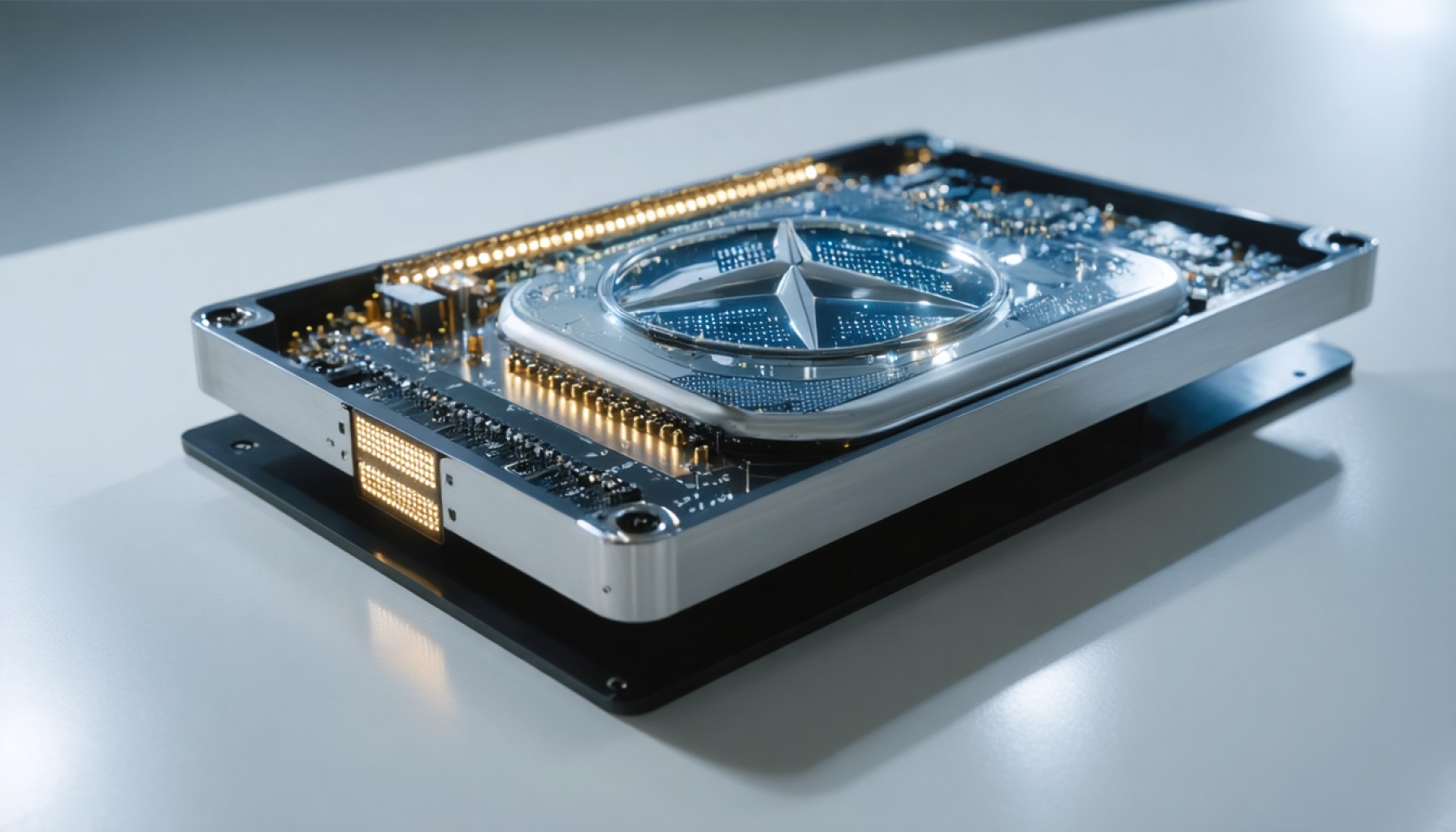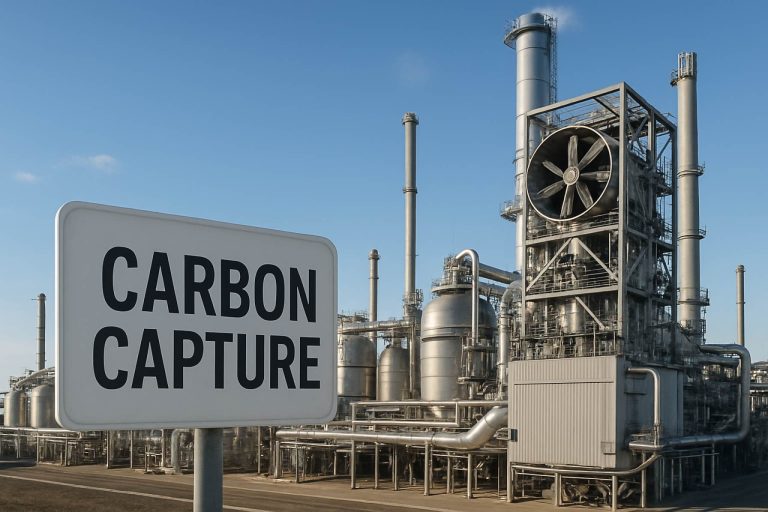
- Mercedes AMG High Performance Powertrains (HPP) is leading innovation in EV technology, especially in battery development.
- Solid-state batteries promise greater safety and efficiency, overcoming traditional lithium battery limitations.
- HPP’s groundbreaking work with U.S.-based Factorial Energy has enabled practical applications of solid-state batteries, already undergoing road tests.
- The EQS is a symbol of Mercedes’ transition from combustion engines to advanced electric mobility solutions.
- Mercedes’ efforts reflect a significant paradigm shift in the automotive industry towards sustainable and high-performance electric vehicles.
- HPP leverages its motorsport heritage to drive a silent revolution in electric vehicle innovation and performance.
In an era where electric vehicles (EVs) are rapidly becoming the norm, Mercedes AMG High Performance Powertrains (HPP) stands at the forefront of innovation, racing ahead in the electrification race. Born from the legacy of Ilmor Engineering’s high-octane adventures in motorsport, this illustrious team at Brixworth, Northamptonshire, is now poised to revolutionize the very core of EV technology: the battery.
Picture this: engineers clad in sleek Mercedes uniforms hover over an EQS, their every glance and gesture marked by a sense of pursuit and precision. They are armed, not with spanners and rev counters, but with cutting-edge solid-state batteries crafted from the alchemy born of passion and relentless pursuit for excellence.
Solid-state technology, the elusive dream for so many in the energy storage sphere, has tantalized the industry with the promise of safer, more efficient batteries boasting greater energy density. Yet, despite its allure, practical applications have long remained at arm’s length—until now.
Earlier this month, a breakthrough was quietly set into motion. Vehicles powered by the new batteries, created with U.S.-based Factorial Energy, embarked on their maiden road tests. By overcoming fundamental issues that have long plagued lithium designs—most notably the flammable liquid electrolytes—the solid-state variety brings higher standards of safety and durability, heralding a new chapter in electric mobility.
Mercedes’ sentence in history may well read: from the symphony of roaring engines to the silent revolution of electric power, capturing the imagination and admiration of a global audience. The EQS now stands not only as a luxury vehicle but as a testimony to the power of innovation inspired by racing heritage. It embodies a pivotal leap towards a future where automobiles are not just vehicles, but transformative agents for sustainable change.
As the dust settles and these prototypes begin to carve paths across the tarmac, they signal more than a mere advance in transportation technology. They announce a paradigm shift — from marveling at what can be achieved with solid-state batteries to anticipating what’s next in Mercedes’ relentless voyage toward superior performance and eco-conscious elegance.
The take-home is undeniable: with HPP channeling its storied motorsport pedigree into electric innovation, the promises of yesteryears are swiftly transforming into the realities of tomorrow, making Mercedes not just a witness to, but an architect of, the electric revolution.
Solid-State Battery Revolution Sparks New Era for Mercedes Electric Vehicles
Introduction
In the race to electrify the automotive industry, Mercedes AMG High Performance Powertrains (HPP) is making waves with its pioneering efforts in solid-state battery technology. Building on a legacy of motorsport excellence, these advancements promise to redefine electric vehicle (EV) capabilities, highlighting safety, efficiency, and sustainability.
Understanding Solid-State Technology
What is a Solid-State Battery?
Solid-state batteries replace the liquid electrolytes found in traditional lithium-ion batteries with solid electrolytes. This change addresses several key issues, particularly related to safety and energy density.
Benefits of Solid-State Batteries
1. Safety: Due to the absence of flammable liquid electrolytes, solid-state batteries significantly reduce the risk of fires—an ongoing concern with lithium-ion batteries.
2. Energy Density: Higher energy density means a longer range for EVs, a critical factor for consumer adoption.
3. Durability: Solid electrolytes reduce the risk of degradation, leading to longer battery life.
Real-World Use Cases and Trends
Mercedes’ Implementation and Testing
The collaboration with Factorial Energy marks a significant step, as Mercedes tests these new batteries in their vehicles, particularly in the EQS model. This move could set a precedent for future models aiming for both luxury and sustainability.
Market Trends
According to a recent report by MarketsandMarkets, the solid-state battery market is expected to grow from $62 million in 2020 to $483 million by 2027. This growth is driven by increasing demand for safer, more efficient batteries across various industries, including automotive, consumer electronics, and energy storage.
Industry Comparisons
Competitors in the Solid-State Race
While Mercedes is advancing in this space, other automakers like Toyota and BMW are also investing heavily in solid-state technology. Comparisons will focus on energy density, safety features, production scalability, and cost-effectiveness.
Potential Challenges and Limitations
1. Cost: Currently, the production costs of solid-state batteries remain high, potentially affecting the overall affordability of vehicles.
2. Manufacturing Scale: Scaling up production to meet industrial demands requires significant investment and technological advancement.
Security and Sustainability
Environmental Impact
Solid-state batteries are considered more environmentally friendly due to their long life cycles and reduced resource requirements, aligning with global sustainability goals.
Recommendations for Consumers
1. Stay Informed: As solid-state technology evolves, keeping track of advancements can assist in making informed purchasing decisions.
2. Consider Long-Term Benefits: While initial costs may be higher, the longevity and safety of solid-state batteries offer value over time.
3. Explore EV Incentives: Many governments offer incentives for electric vehicle purchases that can offset some costs.
Anticipating the Future
As Mercedes continues its journey with solid-state technology, the focus will be on refining battery performance and reducing costs. These advancements signal a transformative shift in electric mobility, promising a future where innovation meets sustainability seamlessly.
For more updates on Mercedes-Benz’s innovations, visit Mercedes-Benz.
Conclusion
With solid-state batteries on the horizon, Mercedes is not just navigating the path of electric innovation but pioneering it. These batteries represent a significant leap forward, combining the excitement of motorsport with the quiet elegance of electric driving, heralding a future full of potential and promise.



